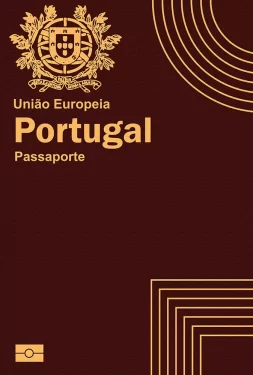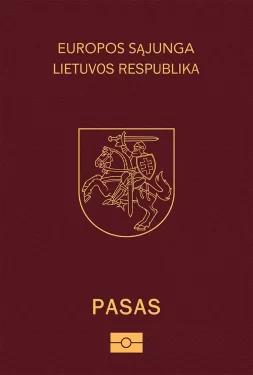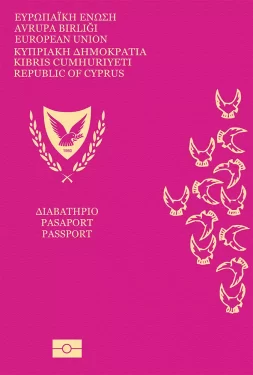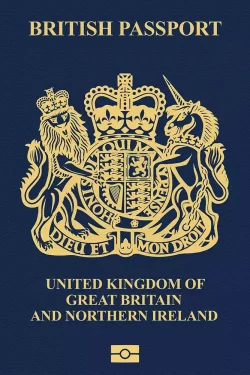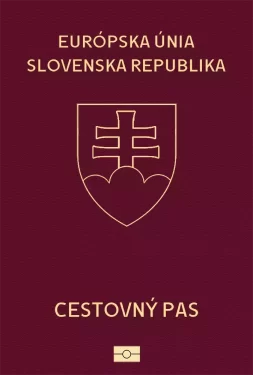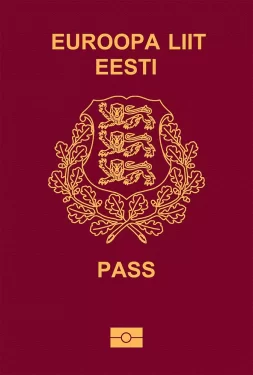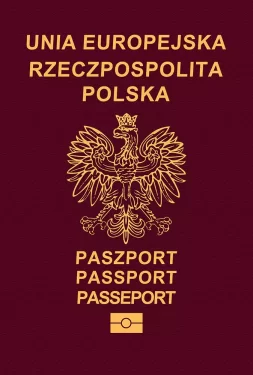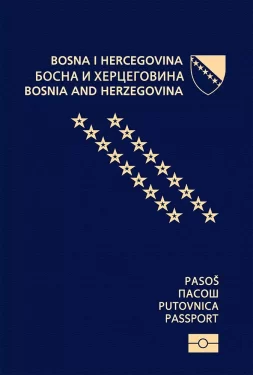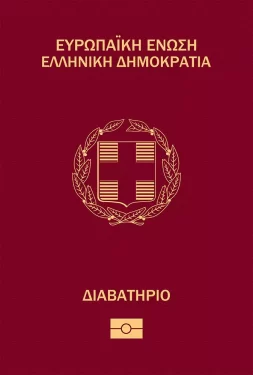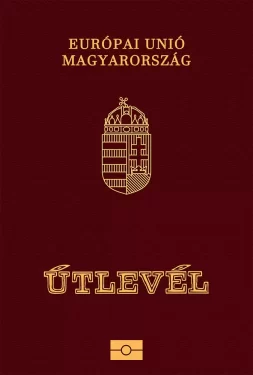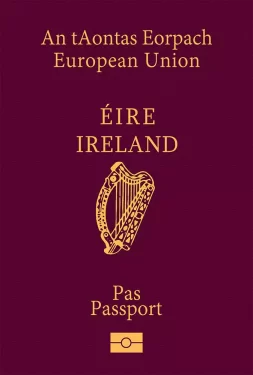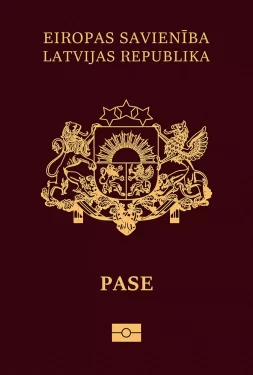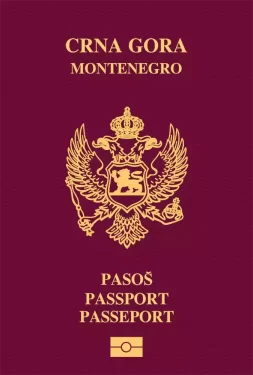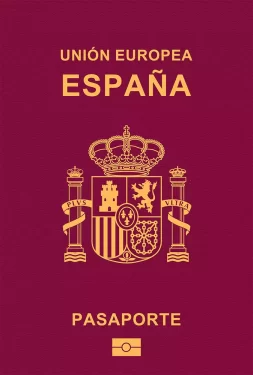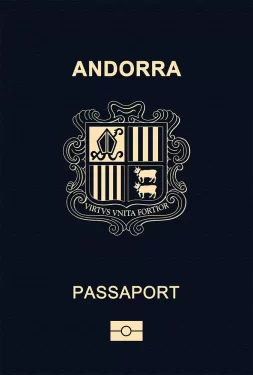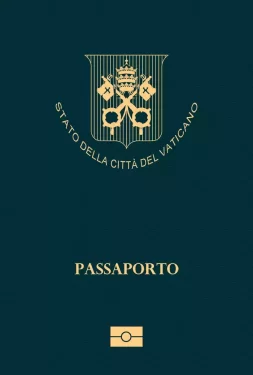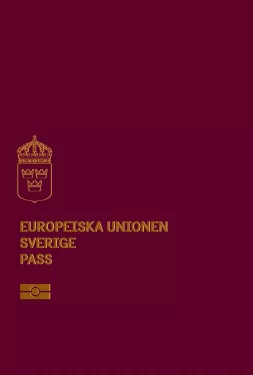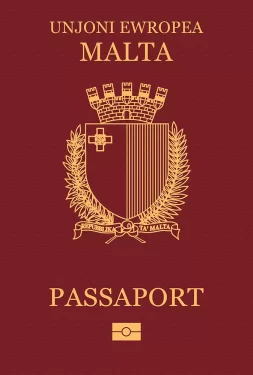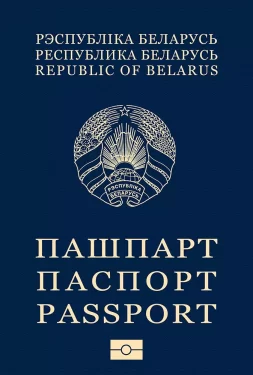

Norway
Norway passport ranking
The Norwegian passport is currently ranked 5th place on the Guide Passport Index. It provides visa-free access to 190 countries. It is considered one of the most desirable passports in the world with a very high mobility score. Norwegian passport holders have visa-free access and visas on arrival to countries such as Brazil, Japan, United Kingdom, United Arab Emirates and the United States allowing almost instant travel worldwide. Norwegian passport holders do however require a visa to enter about 39 destinations in the world. Some countries where a visa is required are China, India and Russia.
Norway Passport Ranking
The Norway passport ranking relative to other global passports is calculated by adding up the number of countries that allow Norway passport holders to enter without a visa (i.e. visa-free countries) and those that allow Norway passport holders to enter by obtaining a visa on arrival (i.e. visa-on-arrival countries) or an electronic travel authorization (eTA). There are currently a total of 144 Norway passport visa-free countries, 33 Norway visa-on-arrival countries, and 13 eTA destinations.
Altogether, Norway passport holders can enter a total of 190 destinations—either without a visa, through a visa on arrival, or via an eTA. As a result, the Norway passport ranks 5 in the world.
Separate from these Norway visa-free countries and visa-on-arrival countries, there are 39 additional destinations which Norway passport holders either need a physical visa to enter or an eVisa (i.e. visa required countries).
About Norway
The Kingdom of Norway is located in northern Europe and consists of five regions. The five regions of the country are North, Trøndelag, West, South and East Norway. The nation has a surface area of 385,207 square kilometers, bordering Sweden, Finland and Russia. Its climate is temperate along the coast and colder in the interior of the country. Its geography is characterized by indented Fjords, high plateaus and rugged mountains.
The overall population is over 5.4 million people. The capital of the country is Oslo, which is also the most populous city with 697,549 inhabitants. Other important cities are Bergen, Stavanger and Trondheim. The largest airport is Olso Gardermoen Airport (OSL) with 28 million passengers per year followed by Bergen Airport (BGO) with 6.3 million yearly passengers. Olso airport is the 2nd busiest airport in the Nordic countries and provides access to all parts of the world.
Norwegian culture has strong ties with its Scandinavian neighbors. It has however distinctively unique features. The official language is Norwegian. The main religious belief is Evangelical Lutheran. The legal system is a mix between the civil, common and customary law. The government type is a parliamentary constitutional monarchy. The chief of state is King Harald V and the head of government is Prime Minister Erna Solberg. The Prime Minister is appointed by the monarch with approval of the parliament.
The official currency of the nation is the Norwegian Krone (NOK) with the current exchange rate being NOK 9.9 to the USD. The country has a modern market economy, generating a GDP of approximately $397 billion, making it the 16th largest economy in Europe. Its citizens have a per capita income of $79,638. The GDP is mostly made up of services and the industry sector. Its main goods of export are petroleum, gas, timber, fish, barley and textiles. Norway’s economy experiences moderate growth of about 1.5% per year. It is the second biggest seafood exporter in the world.
The Kingdom of Norway offers a variety of historic and natural sites for visitors. It is especially known for its vast nature and historic cities. Some of the major destinations include the Sognefjord, the Pulpit Rock, Tromsø, the Lofoten Islands, Lillehammer and Jotunheimen. There are a total of 8 UNESCO world heritage sites scatted across the country. The nation has a total of over 9 million tourists visiting every year. The majority of tourists are originating from Germany and the neighboring Scandinavian countries.
